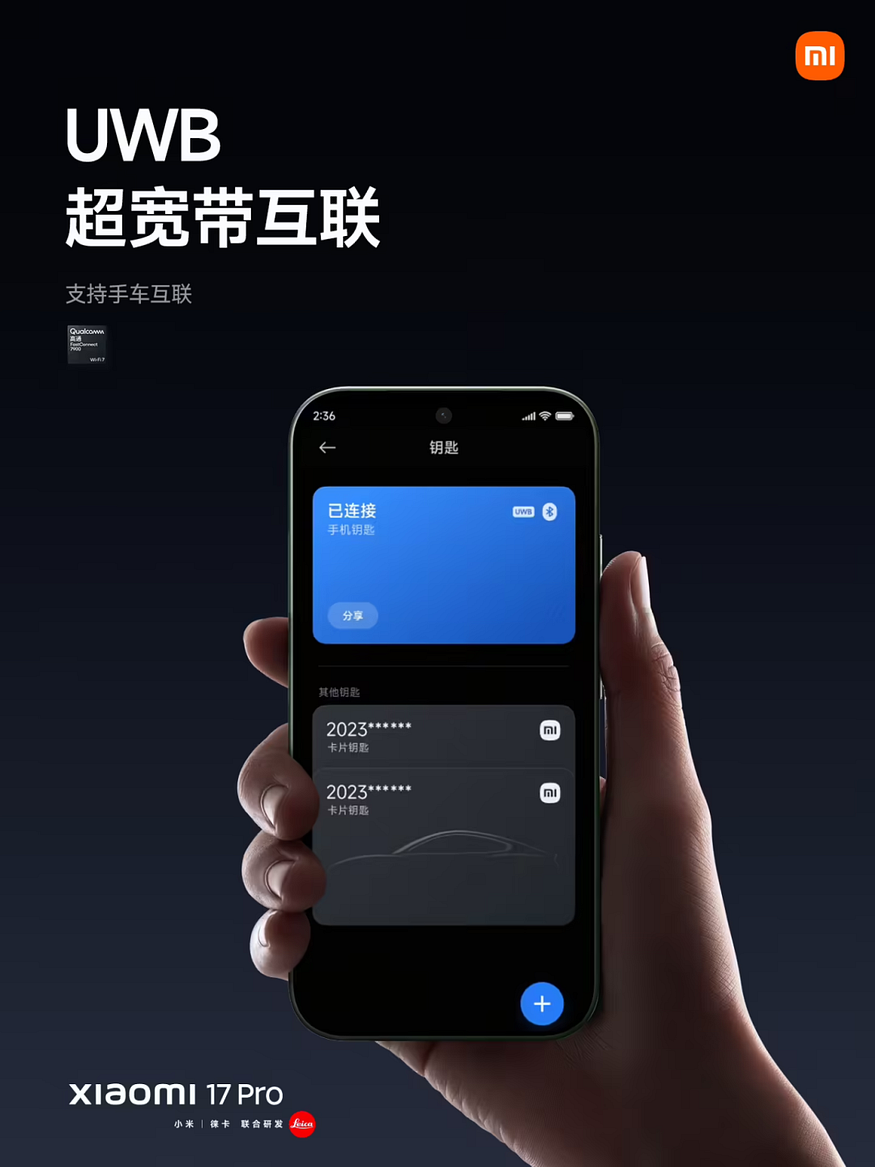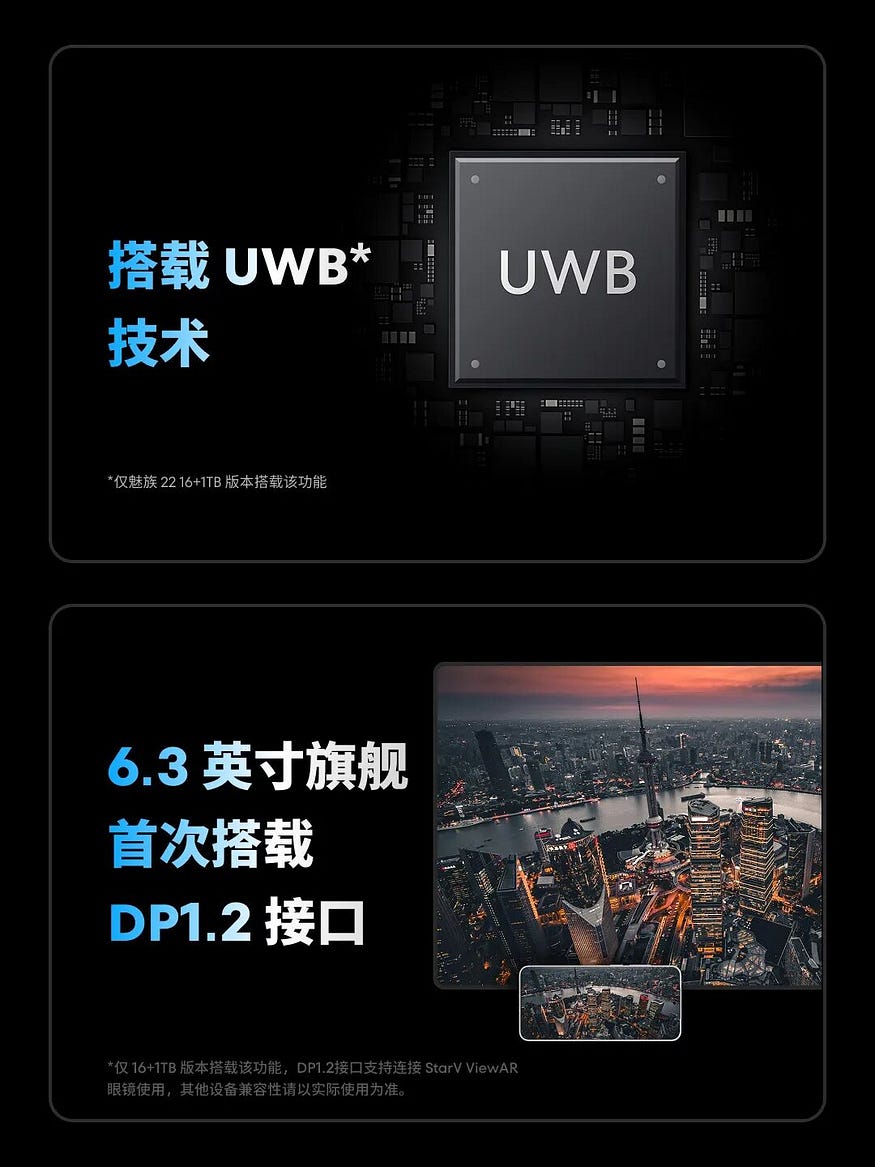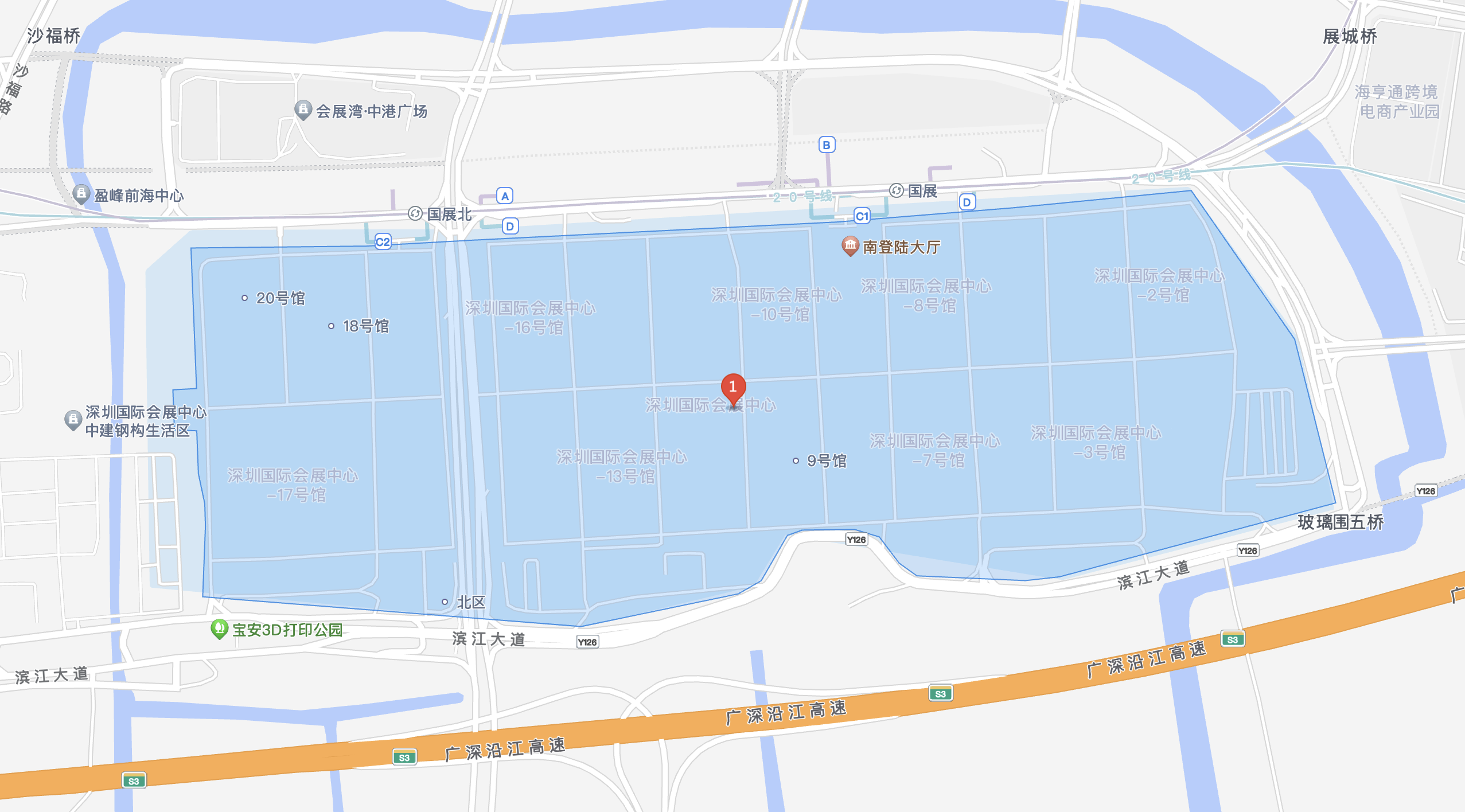On the evening of September 25th, the all-new Xiaomi 17 series was launched, featuring the Xiaomi 17, Xiaomi 17 Pro, and Xiaomi 17 Pro Max. The entire series boasts a generational upgrade, equipped with Xiaomi Surge OS 3 and the world’s first fifth-generation Snapdragon 8 Extreme Edition.
Officially positioned as the “world’s fastest mobile SoC,” the Snapdragon 8 Elite Gen5 utilizes the third-generation Oryon CPU architecture for the first time, featuring a 2+6-core cluster. Two ultra-fast cores reach a clock speed of 4.6GHz, while six large cores run at 3.62GHz, resulting in an overall performance improvement of approximately 20% compared to the previous generation. For graphics processing, the new Adreno GPU boasts a 23% improvement in graphics performance, delivering higher frame rates and a smoother gaming experience. The Hexagon NPU boasts a 37% performance boost, providing enhanced computing power for generative AI and local inference.
Imaging capabilities are another key highlight of this upgrade. The Snapdragon 8 Elite Gen5 is the world’s first mobile platform to support Advanced Professional Video Codec (APV) recording, enabling professional-grade video shooting and post-processing, providing mobile creators with content production capabilities closer to those of professional devices.
UWB is available, but not on all models.
In April of this year, the release of the Xiaomi Mi 15S Pro marked the return of UWB (ultra-wideband) technology. Having completed the “people-car-home” ecosystem, Xiaomi has now extended this technology to the all-new Mi 17 series.
Compared to Wi-Fi and Bluetooth, UWB offers significant advantages in positioning accuracy and transmission capacity. It not only supports high-speed, long-distance data transmission, but also achieves centimeter-level positioning accuracy. This feature makes it uniquely valuable in scenarios such as digital car keys, pointing remote controls, tag search, smart door locks, and contactless payment.
At the press conference, Lei Jun focused on introducing the UWB application of Xiaomi 17 Pro: this model can be used as a digital car key, accurately judging the user’s distance and direction, and realizing automatic unlocking when approaching, automatic opening of the front and rear trunks, and automatic locking when leaving the car, truly achieving “seamless interaction”.
Press enter or click to view image in full size

Although Lei Jun didn’t mention it on the spot, Xiaomi officially confirmed that the entire Xiaomi 17 Pro Max series is also equipped with UWB technology, featuring the same car key functionality as the Pro. The addition of UWB further enhances the interactive capabilities of Xiaomi’s flagship models within the smart ecosystem.
Notably, the standard Xiaomi 17 does not feature UWB. This detail is widely interpreted by industry insiders as a deliberate differentiation within Xiaomi’s product tiers. By highlighting UWB in the Pro and Pro Max, Xiaomi not only demonstrates the differentiated value of its high-end models but also reaffirms its core position in its smart connectivity strategy. It is foreseeable that as the ecosystem continues to improve, UWB will play an increasingly critical role in future Xiaomi devices, becoming one of the foundational technologies driving seamless collaboration among smart devices.
The Xiaomi 17 Ultra has yet to be unveiled.
A week before the Xiaomi 17 series launch, a mysterious new flagship model with model number 2512BPNDAC received radio approval certification from the Ministry of Industry and Information Technology. The certification information indicates that the device will support UWB technology, but will not have satellite communication capabilities.
Meanwhile, market information also indicates that four models in the Xiaomi 17 series have been registered in the GSMA IMEI database, while only three were officially announced at the launch event. Speculation has swirled that the unannounced new model is Xiaomi’s upcoming Xiaomi 17 Ultra.
This speculation was later confirmed during Lu Weibing’s livestream. He confirmed that in addition to the Pro Max, the Xiaomi 17 series will also have an Ultra version. In July of this year, Lu Weibing publicly stated that this model will set “new heights in mobile imaging,” continuing the Ultra series’ product positioning and featuring Xiaomi’s most advanced imaging features.
As Xiaomi’s highest-end imaging flagship, judging by its network access schedule and release timing, the Xiaomi 17 Ultra may debut before the Spring Festival. This not only signals Xiaomi’s year-end push into the high-end market, but also indicates a renewed focus on flagship imaging to consolidate and strengthen its premium brand image.
Meizu 22 Premium Edition Supports UWB
In addition to Xiaomi, the Meizu 22, released a week ago, also incorporates UWB technology.
Press enter or click to view image in full size

According to specifications revealed on Meizu’s official website, only the top-of-the-line 16GB + 1TB storage configuration of the Meizu 22 supports UWB ultra-wideband connectivity. Only this version’s USB-C port supports USB 3.2 specifications and DisplayPort 1.2 Alt output capabilities. The price is 4,199 yuan.
The UWB digital key automatically unlocks the door when approaching it and locks it when leaving. It is compatible with models such as the Lynk & Co 08 and Polestar 4. Specific support is subject to software version availability.
In November 2024, Meizu announced that it has entered a new era of UWB contactless payment. The UWB contactless secure payment solution, jointly developed with Shenzhentong, has been rolled out to all stations on Shenzhen Yunba Line 1. Users no longer need to remove their phones when passing through ticket gates; the gates automatically recognize their mobile transit cards and complete payment, providing a more convenient travel solution.
The Shenzhen Tong contactless payment function has been first launched on the Meizu 20 INFINITY Borderless Edition and Meizu 20 PRO models. It has been officially confirmed by Meizu that the newly released Meizu 22 top-end specifications also support this function.
This paper is from Ulink Media, Shenzhen, China, the organizer of IOTE EXPO (IoT Expo in China)


















